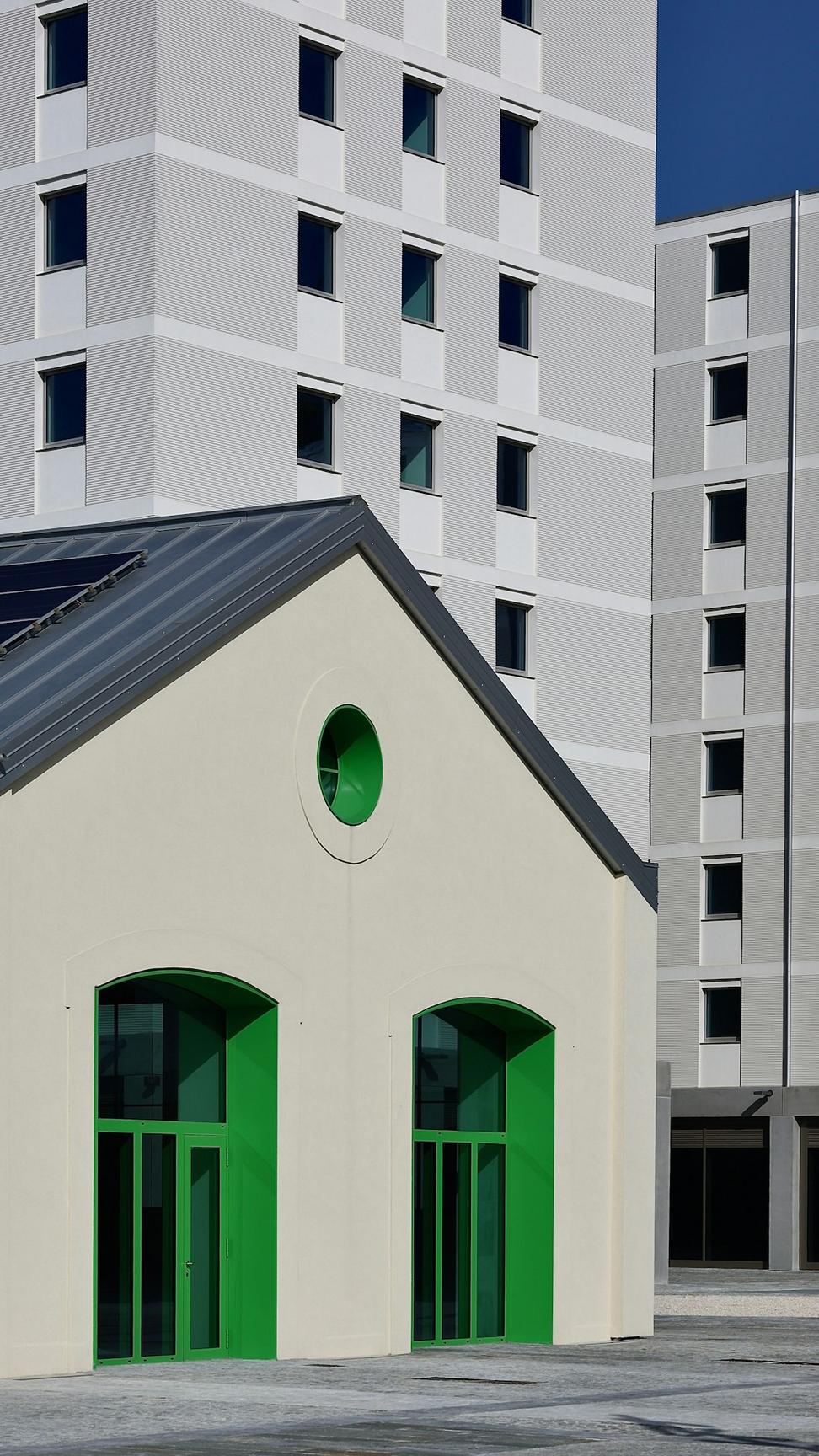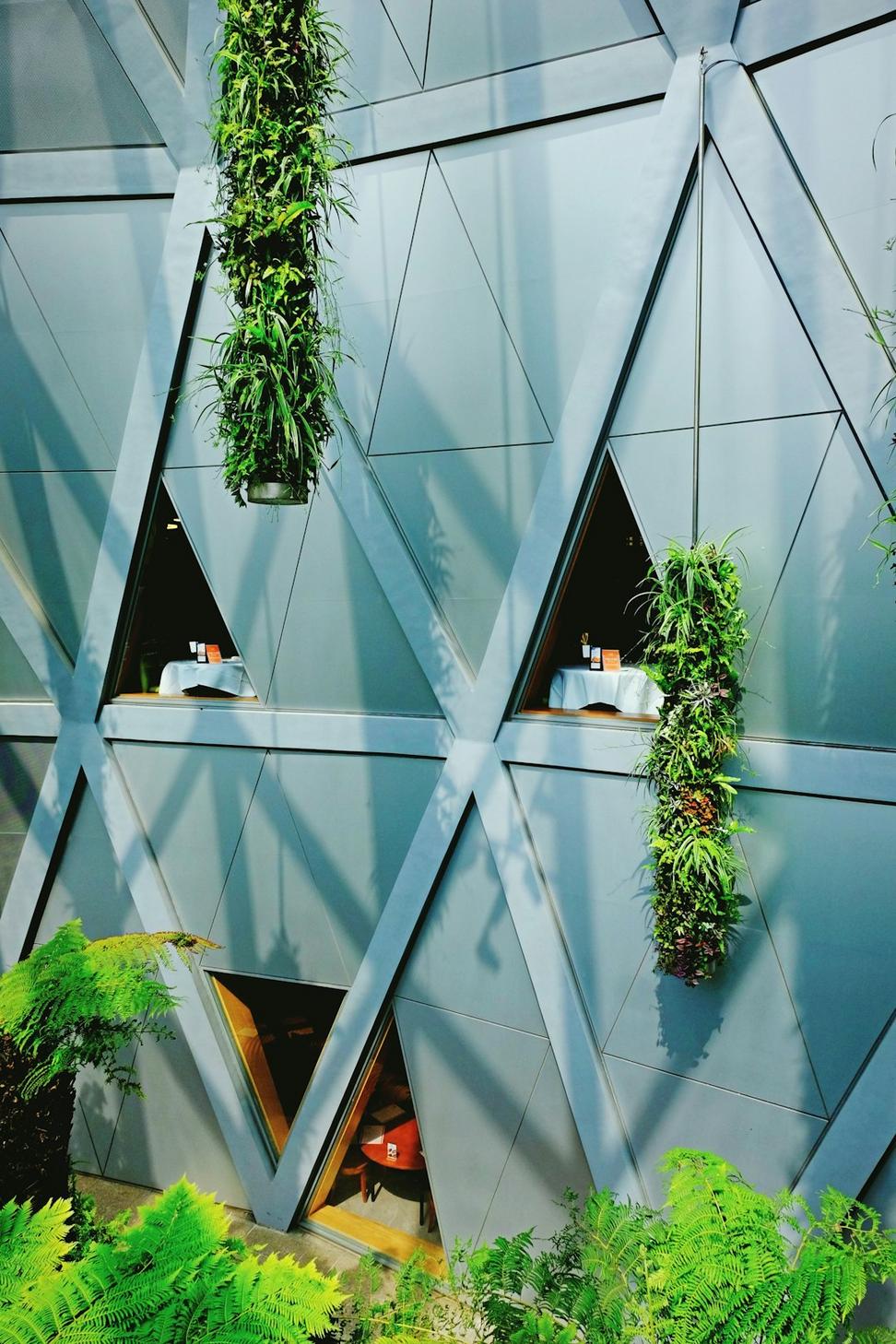
Certifications That Mean Something
We've chased these down because they actually push us to do better work. It's not just about hanging plaques on the wall.
LEED Accredited
18 projects certified, 5 at Platinum level
Passive House
Certified designers on staff since 2019
WELL Building
Health-focused design principles
Living Building
Pursuing net-positive outcomes

